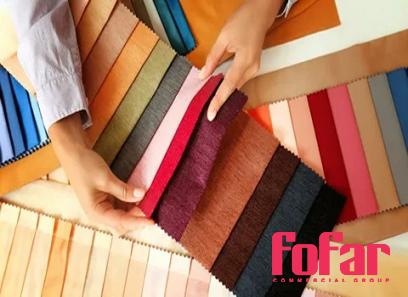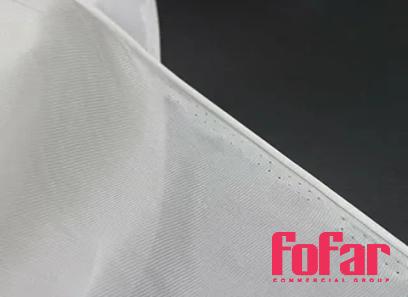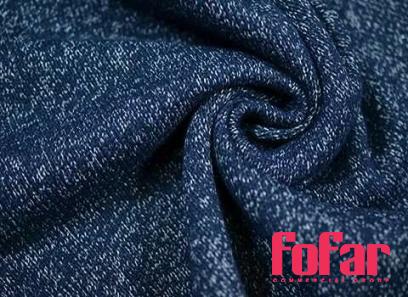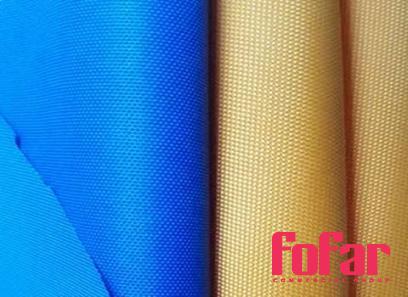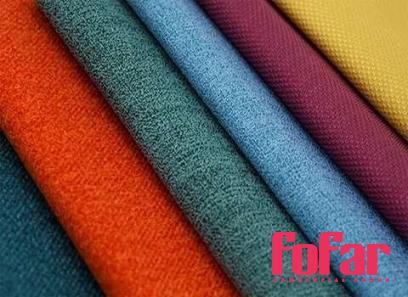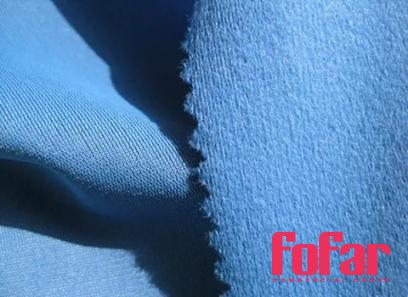The Purchase Price of Kenya Fabric + Advantages And Disadvantages
Due to the many leather businesses in Kenya, available for sale and purchasing wholesale, almost everything may be crafted out of leather fabric, including footwear, purses, and even coverings for couch sets, to name just a few examples
Leather has a well-deserved reputation for sturdiness and toughness
Working with leather in Kenya is a very lucrative industry, with the potential to bring in a significant amount of money
The following is a list of some of the shops in Kenya where you may purchase leather goods for sale:
Ngenia Leather Dealers
House of Leather and Gifts
Pattori Leather Goods
Limited operation of Azu’s Leather
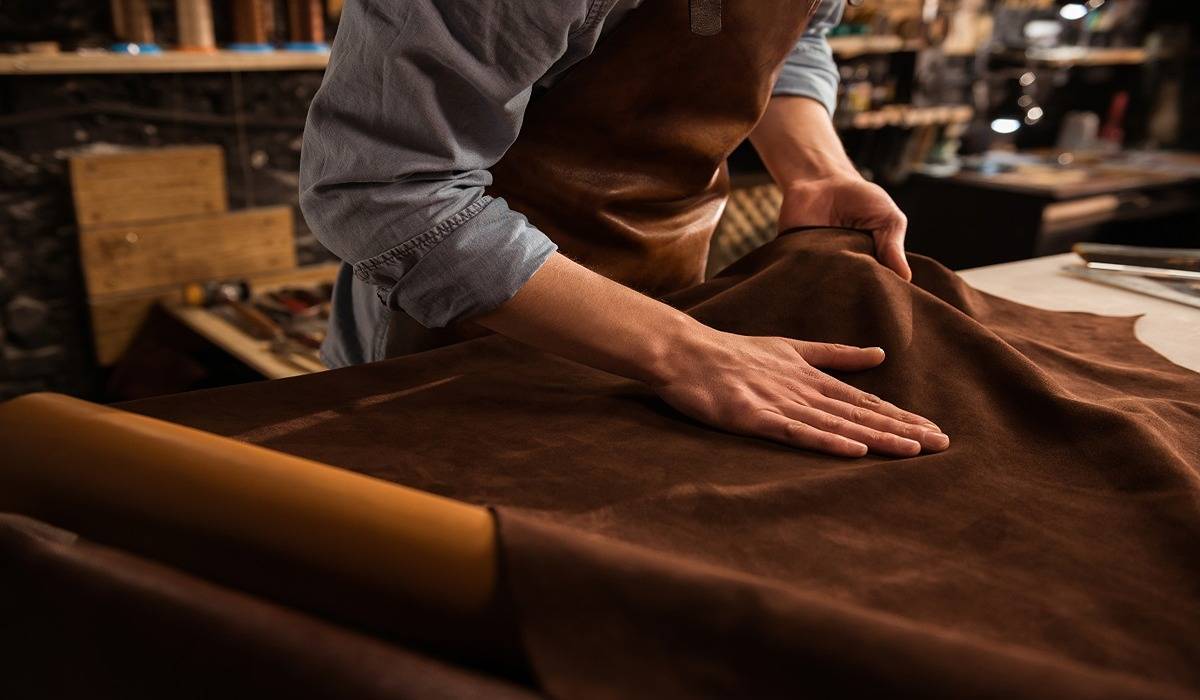
When it comes to dealing with leather manufacturing equipment, having leather tools on hand is really vital
The seamless operation of operations and so on is aided by having leather tools available
In Nairobi, there are several locations that provide leather goods for sale at low-cost pricing
The only thing that is required of you is to make sure that you choose the product that is of the best quality available
On the other hand, completed leather products are also available for purchase at a variety of leather retailers in Kenya
The leather sector in Kenya is displaying evidence of expansion, as shoes and other leather items manufactured locally are making their way into worldwide markets
However, the sector is struggling to overcome obstacles such as minimal value addition, widespread counterfeiting, and a skills gap
Garissa Road in Thika is home to one of the world’s largest leather production businesses, which makes Kenya’s leather industry one of the most important in the world
They deal in a wide selection of leather goods and provide competitive pricing for all of them
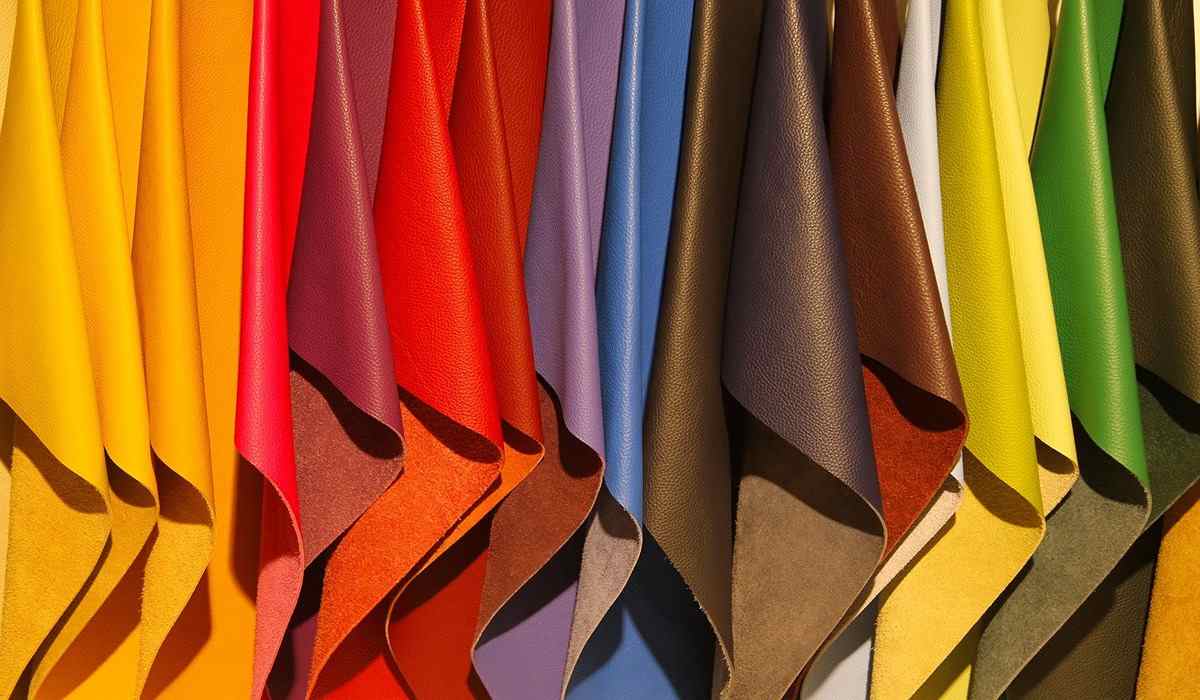
The Kenyan market has made room for footwear and bags that are marketed under the label “genuine leather,” but the purchasers of these products are often left dissatisfied owing to their limited lifetime
It displaces legal commercial activity, which results in manufacturers of leather items losing their market while customers get products of a worse quality
The production of counterfeit goods results in the forfeiture of potential tax income as well as job opportunities
As a method for reducing the number of counterfeit products on the market, the industry is working toward the goal of publishing a policy position paper on the harmonization of terminology, branding, and identification
The leather industry in Kenya is one of the oldest and most stable parts of the country’s overall economy
However, the industry continues to perform poorly across the board, and it has shifted from being a net earner of foreign currency in the 1970s and early 1980s—a time period in which it was among the top five earners of foreign exchange—to being a net consumer of foreign money in the current day
About 17,000 people are employed directly inside the industry’s formal value chain which includes tanneries, leather products manufacturing, and footwear production
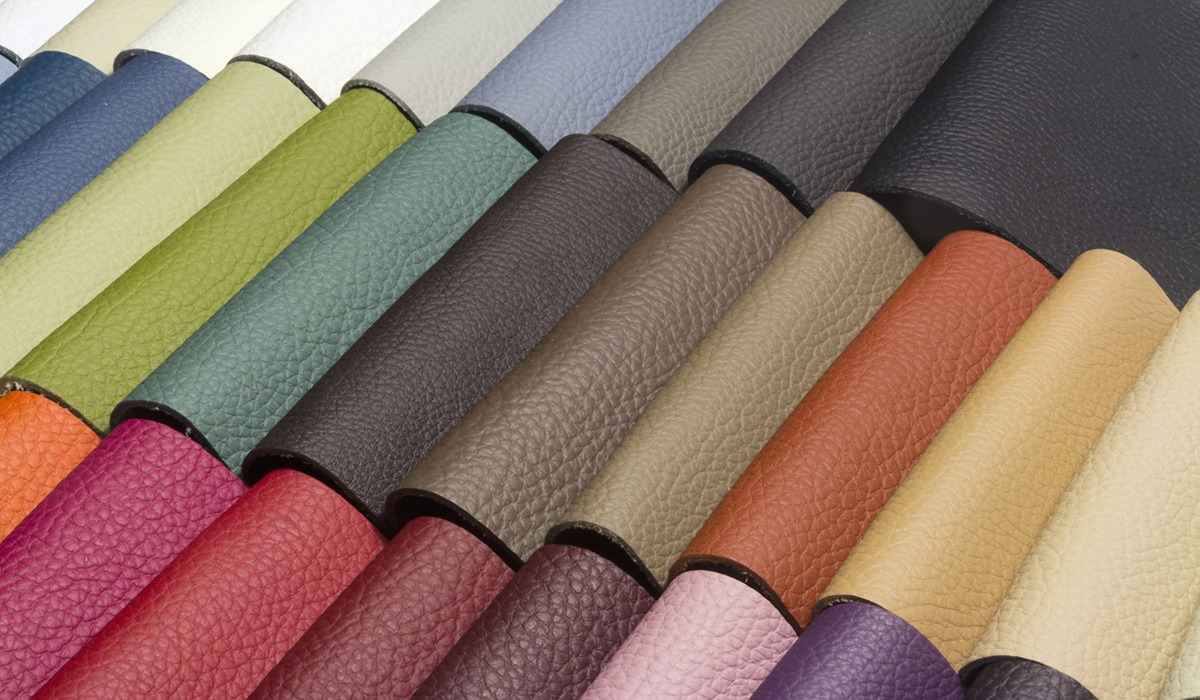
leather fabric for sale
In most cases, unlike leather, fabric is either offered by the yard or the bolt for sale
The cost of fabric may be affected by a wide variety of variables
In most cases, the price is determined by the quality of the material as well as the kind of material that it is constructed out of
The price of fabric is also affected by factors such as the fabric’s weight, color, and the kind of fibers used
Having said that, the cost of the same kind of cloth might differ from one retailer to the next even if they all sell it
In this post, you will learn what factors contribute to the price differences, what factors contribute to the high cost of fabric, and the best locations to shop for fabric so that you can be certain that you are getting the most value for your money
One of the most important factors that determines a fabric’s cost is the kind of material from which it is constructed
Fabrics like cotton and polyester, which are often lighter in weight and easier to get by, tend to be less expensive than other types
Because they aren’t as widely accessible and cost more to make, heavier textiles like velvet, wool, and denim will cost more, as would more delicate fabrics like lace, silk, and satin
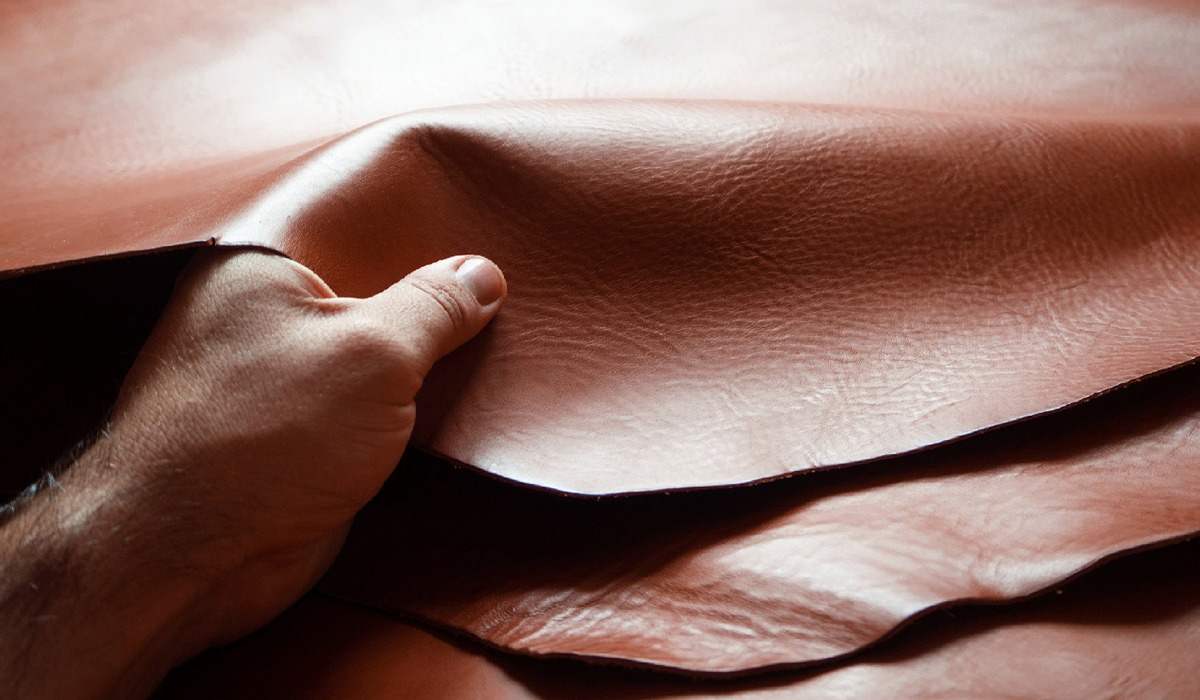
leather in kenya
Kenya has 14 functioning leather tanneries; however, the majority of them are experiencing difficulties due to a lack of investment in modernization and ineffective management of their effluent
The material is shipped in a semi-processed condition (wet blue) around 95 percent of the time, resulting in annual revenue of approximately US$ 160 million
The manufacture of completed items such as footwear is dominated by MSMEs, who confront great obstacles, consequently damaging their competitiveness with labor productivity of around three pairs of shoes per individual
This compares to leading standards of more than 15 pairs of shoes per person each day in countries such as China, India, Thailand, Brazil, and Turkey
Since its beginning in 1905 as a manufacturing and export focused institution, the leather sub sector in this nation has been through a remarkable amount of change, or “metamorphosis
” During the legislative revisions that took place in 1947 and 1987, significant legal frameworks were constructed for the purpose of being able to deal with the external and internal trade environments
At this time, the CAP 359 (Hide, Skins and Leather trade Act) of Kenya Laws continues to serve as the primary source of legal reference in the subsector
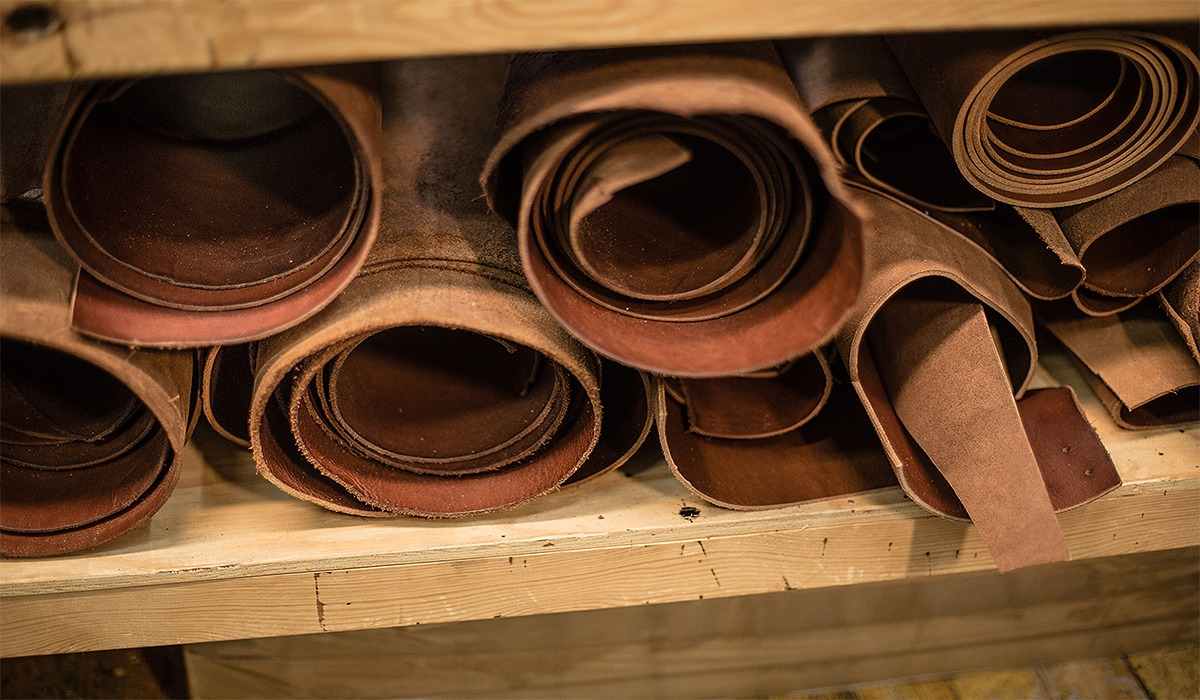
The strategy used in the past, on the other hand, continued to concentrate on the public sphere rather than drawing partnership synergies with the private sector
The export compensation system run by the Kenyan government in the 1970s and 1980s offered a “pseudo” platform for the expansion of the leather industry, which was unfortunate for the private sector
At that time, there were a total of seventeen active registered tanneries
In point of fact, after the termination of the export compensation program, there were around ten less registered tanneries than there had been before
The decrease continued until roughly the middle of the 1990s, when there were only about seven tanneries left
To get more information contact us to lead you the best way to do business in kenya

